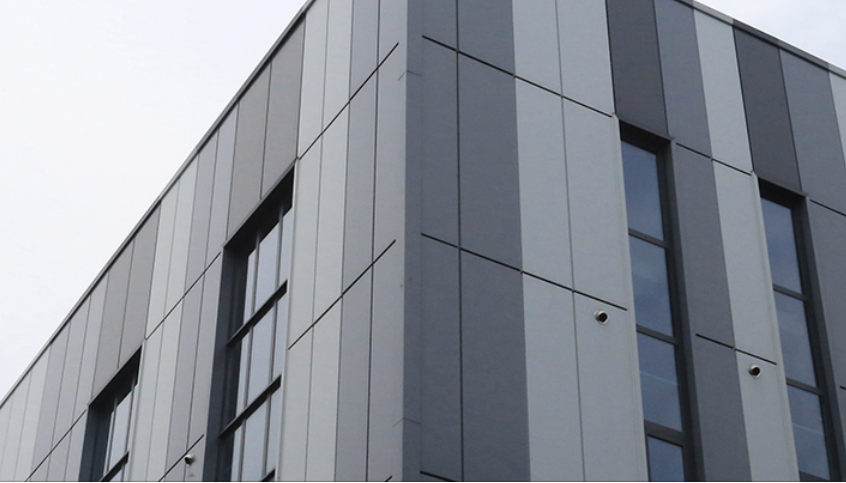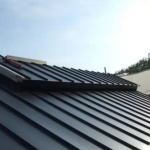Mobile: 8613421351153
Design of sandwich panels
The design of sandwich panels should be a reasonable choice of materials, board type, connection and construction measures, and should be in line with the transport, installation The design of sandwich panel shall include: design of limit state of load bearing capacity of board and design of normal function and safety. The design of sandwich panels shall include: the design of the limit state of the load carrying capacity of the panels and the design of the limit state of normal use, as well as the design of the connection of the panels.
Limit state design for load carrying capacity of sandwich panels
The design of bearing capacity shall include: strength of metal panel, local stability of metal panel, shear strength of core material, shear strength of panel, compressive strength of core material at support.
Sandwich panels bearing capacity
The load bearing capacity of sandwich panels should be calculated according to the following formulae:
Ƴ0Sd≤Rd
Note:
Ƴ0—- Structural significance factor. For structural elements of safety class I, not less than 1.1; For structural elements of safety class II, not less than 1.0.
Sd—- Design value of effect of action complex
Rd—- Design value of load bearing capacity of members
Deflection of sandwich panels
The deflection of the sandwich panel shall be calculated according to the following formulae:
W≤Wd
Note:
W —- Calculated deflection values for sandwich panels
Wd—- Deflection limits for sandwich panels, when used for roof and ceiling panels, the deflection caused by the standard combination of loads should not exceed 1/150 of the span; when used for wall panels, the deflection caused by the standard combination of loads should not exceed 1/100 of the span.
The structural design of sandwich panels is very important as it relates to the safety of the building’s envelope.




